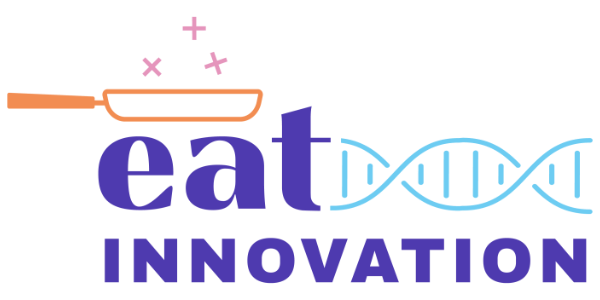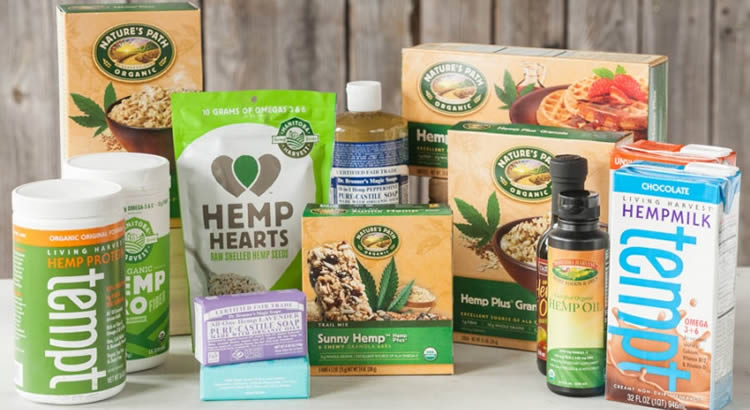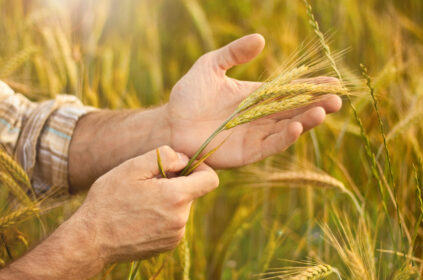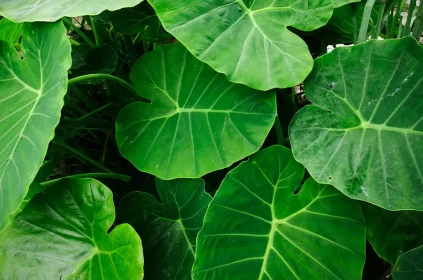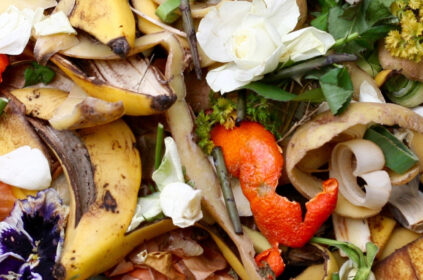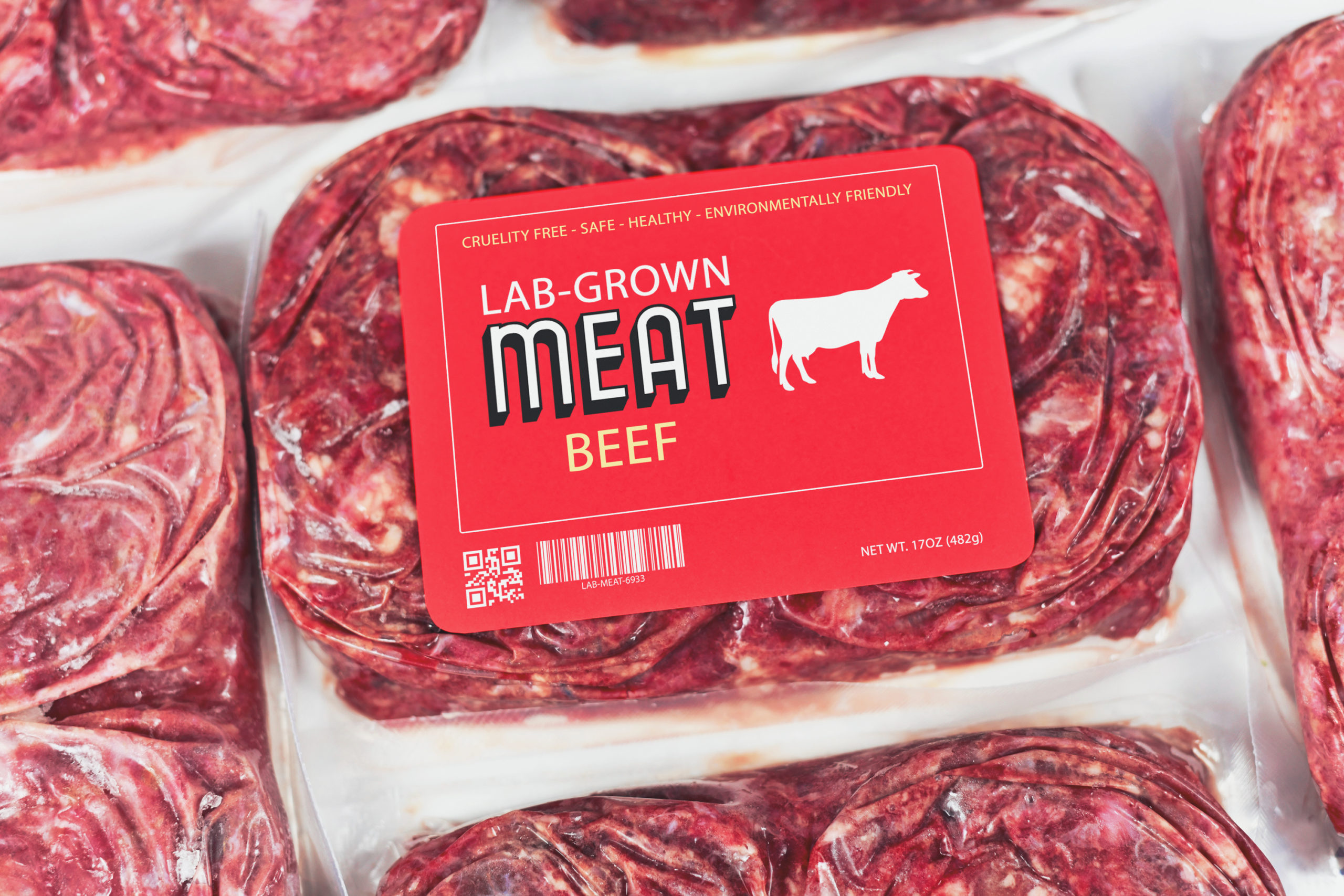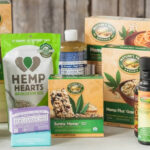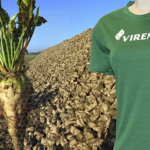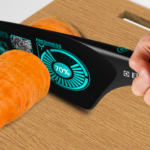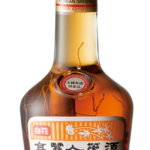More than 30 countries have already decriminalized the consumption of marijuana. Sales in 2015 accounts for 3 billion dollars. What does it have to do with food? Everything! Do you have any idea of the potential of this new industry? Find out about edible weed here.
The discussion on pot decriminalization increadibly high (lol). The more countries legalize, more others tend to follow the same path. Either you like it or not, this is a strong trend in the world. This market sells 49 times more than M&M’s chocolates and that considering only legal sales. Illegal market however, still moves more than $ 320 billion a year, only 4% is paid to the producer and police seize only 20% of the drug circulating.
“Why someone chooses to eat edible weed instead of smoking the herb directly?“. Because you need to wrap the joint, there’s smoke, smell, the stigma of smoking and that is uncomfortable for many people. The edible offer the same effect, but easier and faster. There are millions of potential new customers, you can’t ignore that. “Marijuana is a commodity, like wheat, corn or soy. With edibles you can create a brand, a name, have a secret formula that is intellectual property”. Current food trends are all applicable in this case: organic, gluten-free, high protein, diet and so on. The American Just Hemp Foods sells a “whey protein” cannabis version while Hemp Foods America produces organic oil.

There is a downside in the legalization, of course. The dosage of the edible weed must be respected as the dosage of a medicine. A young American died by eating more cookies than what was recommended. There is still the danger of children grabbing the product. There are several cases of poisoning and overconsuming reported in these localities.
In the future these products tend to be properly regulated, best labelled, with low doses of weed, offering a low risk to the consumer. With the increase in consumption, research and investment in the area will grow. When components and their effects are best understood, the products can even be targeted to different consumer segments. Trafficking will still exist, but it will surely lose strength.

In the United States, some companies are already popping up, Kiva Confections specializes in chocolates with THC (tetrahydrocannabinol, the main psychoactive substance in marijuana). Dixie Elixirs launched a line of soft drinks with THC. Medically Correct sells candy with CBD (cannabidiol, another substance derived from the plant and used in medicines for treatment of epilepsy and other diseases), Uncle Ike’s makes coffee and even “Nutella”, or better, Nugtella already exists.


Even the use of cannabis for other purposes such as textiles, biofuels and paper promotes higher production of other foods. Chinese Government is studying to replace part of the cotton fields of marijuana for hemp production non-psychoactive (i.e. not suitable for smoking), whose income is higher so the extra space will be used for production of soybeans and wheat. The Uruguayan compan Sediña is in charge of the project. The owner is Brazilian, but he lives in Uruguay due to legalization of drugs in 2013 and the company that started with an investment of $ 150 thousand that year, is worth more than $ 5 million. Do you still think edible weed is not promising?
References: Brasil Post, Fast Company, The New York Times, Revista GQ Brasil, BBC, Folha de São Paulo, Superinteressante, Lombra, Globo Rural, O Estado de São Paulo, Comendo com os Olhos, Além da Mídia
